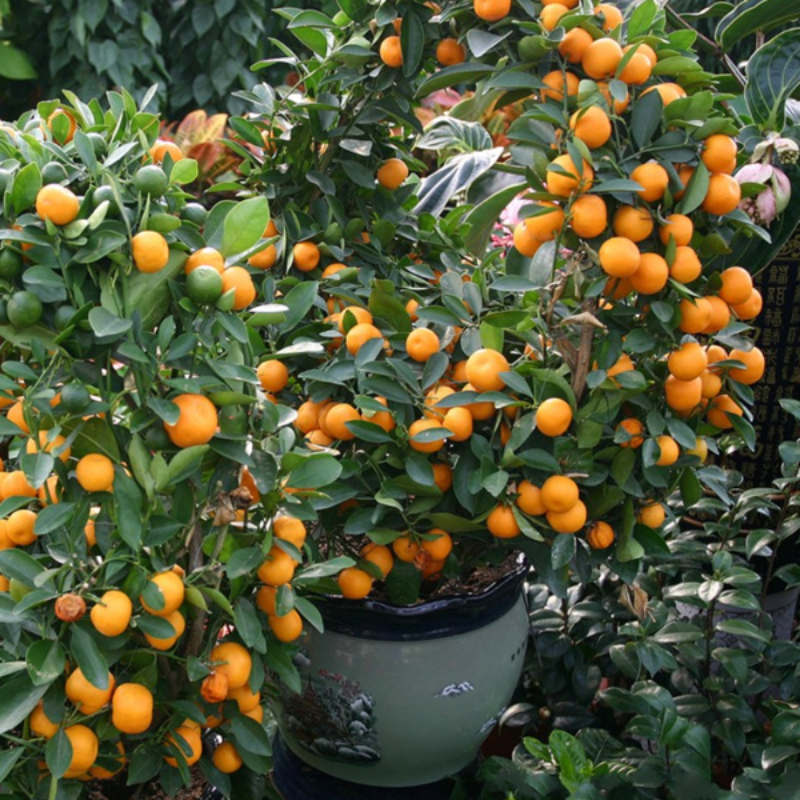- Species and varieties: Tangerine and mandarin trees belong to the Citrus reticulata species. There are several varieties of tangerine and mandarin trees, including 'Dancy', 'Clementine', 'Satsuma', and 'Honey'. Each variety has its own unique characteristics in terms of fruit size, flavor, and ripening time.
- Hybrid or heirloom: Tangerine and mandarin trees can be both hybrid and heirloom varieties. Hybrids are often bred for specific traits such as disease resistance, fruit size, and flavor. Heirloom varieties are traditional cultivars that have been passed down through generations and are valued for their unique flavors and historical significance.
- Pruning and training: Pruning is essential to maintain the shape and health of tangerine and mandarin trees. Prune in late winter or early spring before new growth begins. Remove dead, diseased, or crossing branches to improve air circulation and sunlight penetration. Training young trees to a central leader or open center shape can help support fruit production.
- Fertilization needs: Tangerine and mandarin trees require regular fertilization to promote healthy growth and fruit production. Use a balanced citrus fertilizer with a ratio of 2-1-1 (nitrogen-phosphorus-potassium) or a specific citrus fertilizer. Apply fertilizer three times a year: in early spring, late spring, and late summer. Follow the manufacturer's instructions for application rates and methods.
- Hardiness zones: Tangerine and mandarin trees are best suited for USDA hardiness zones 9-11. They can tolerate mild frost but are not suitable for regions with severe winters.
- Climate requirements: These trees thrive in warm, subtropical to tropical climates. They require full sun and well-drained soil. They prefer temperatures between 55°F and 100°F (13°C to 38°C). Protection from strong winds and frost is essential for optimal growth.




